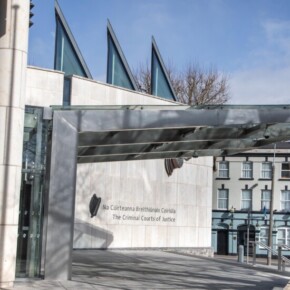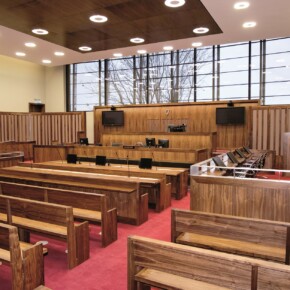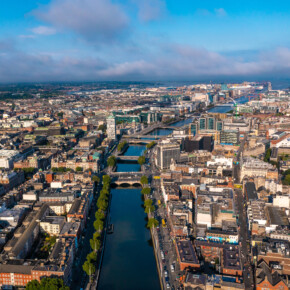Two historical buildings listed on the protected list after council vote
Gary Ibbotson 15 Jul 2021
Dublin City Councillors have voted to put two historical structures on the protected list at this month’s council meeting.
The old Player Wills Factory in Dublin 8 and 134 Thomas Street, also in Dublin 8 have been listed as protected buildings after city councillors voted in favour of the move last week.
The Player Wills Factory is to be the site of a large-scale housing development being led by property firm Hines.
The 19-storey, 732 apartment proposal was given the green light by An Bord Pleanala back in April but local residents are appealing the decision to the High Court on a number of grounds.
Local councillors have also been campaigning to protect the old cigarette factory as they feared that the developers would alter the interior and exterior of the structure during construction.
The process began back in 2018 when then-Labour councillor (now Senator) Rebecca Moynihan tabled a motion to the council requesting that the building be listed on the Record of Protected Structures.
If a building or structure is listed on the Record of Protected Structures list, the owner of the property is required to maintain the site and any proposed alterations to the building must be pre-approved by the local council.
In a report presented to the councillors, the local authority outlined the powers given to it by the Dublin City Development Plan 2016-2022 which allows the council to “identify and protect exceptional buildings” and to “categorise, prioritise and where appropriate, add to the RPS.”
The report recommended that the building be protected as it is of “architectural, artistic, historical and social interest,” it said.
“It therefore merits inclusion on the Record of Protected Structures.
“Dublin’s architectural built heritage comprises a rich variety of sites and structures, including industrial structures, with each era of the city’s past reflected in the city’s streetscapes.”
Labour councillor Darragh Moriarty, who has been campaigning for the factory building to be protected said: “It’s fantastic to finally see the Player Wills factory building added to the Record of Protected Structures, recognising the building as part of Dublin’s industrial heritage.
“It’s been part of the Liberties area and the south inner city for almost 100 years and it’s essential that any future development preserves and protects the architecture and character of this building.”
However, Moriarty says that the process should not have taken so long.
“The battle to get this building protected shouldn’t have been this difficult.
“For the local community, this will offer some relief, because on a number of different issues, Hines has not kept its word with.
“In their plans, which they have already received planning permission for, they say they are going to protect this building.
“The building now being added to the RPS effectively means they are now straightjacketed into this and we’ll be able to keep them to their word.
In a statement responding to the news, Hines said: “Hines is assessing the implications arising from ongoing legal developments.”
At the same meeting, councillors also voted to issue a protection order on 134 Thomas Street, a Georgian House built in the 1720s and refaced around 1900 – making it one of the oldest structures on the street.
“Dublin city Council Conservation Section has carried out an assessment of 134 Thomas Street which included a full internal and external inspection of the property confirming the survival of early 18th century floor features to its interior,” said in its report.
“Thomas Street was an important early access route into the medieval city forming the east end of the ancient Slige Mór or road to the west.
“Thomas Street was the main street of the Liberties.
“The name derives from the Augustinian priory of St. Thomas, founded in 1177, which was located to the south of No. 134 Thomas Street (near the modern Thomas Court).
“The site of No. 134 Thomas Street is shown on historic mapping from the beginning of the 17th century to today.”
The majority of the submissions made to the council supported the listing of the building on the RPS, which the council also recommended.











